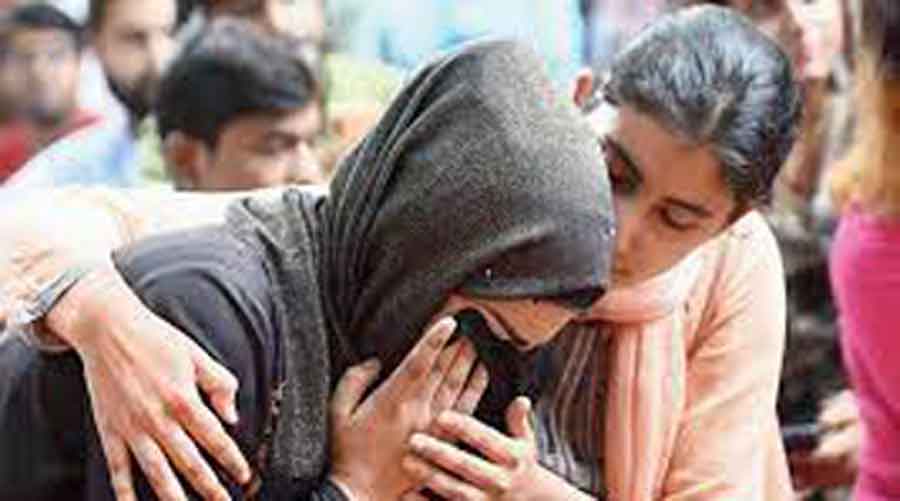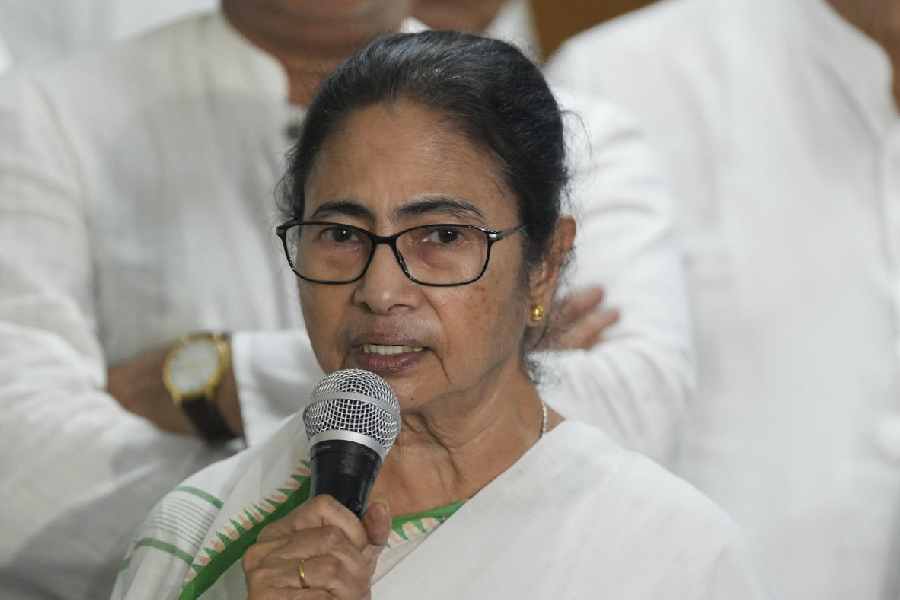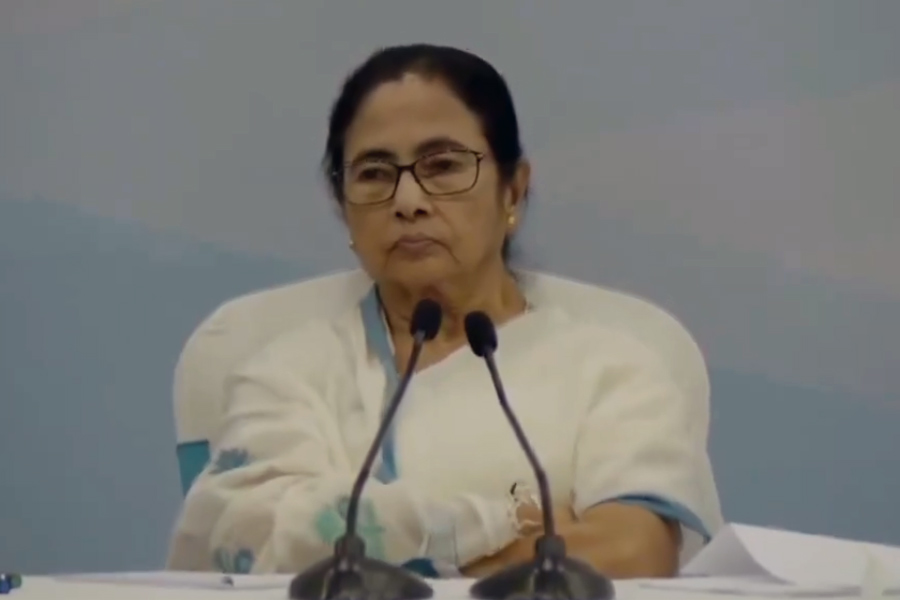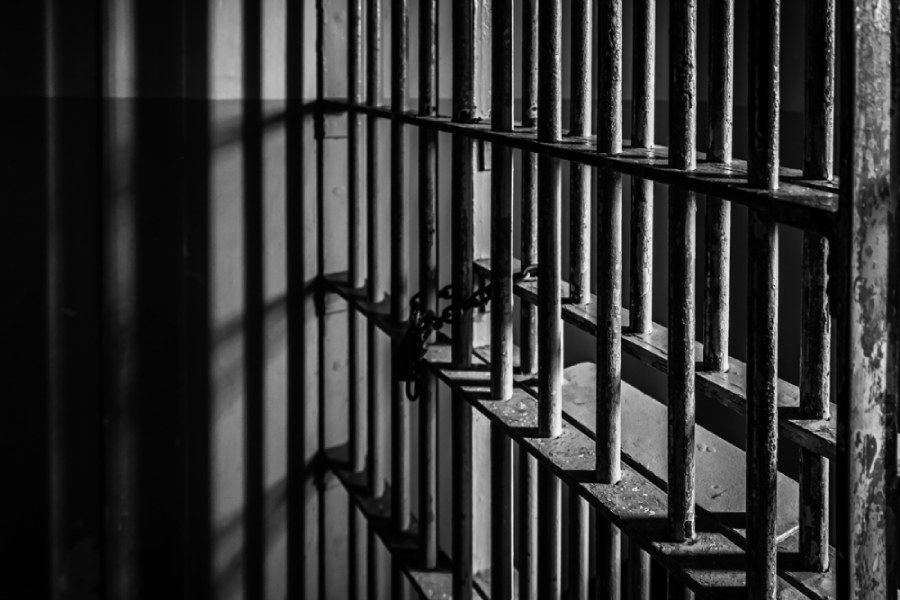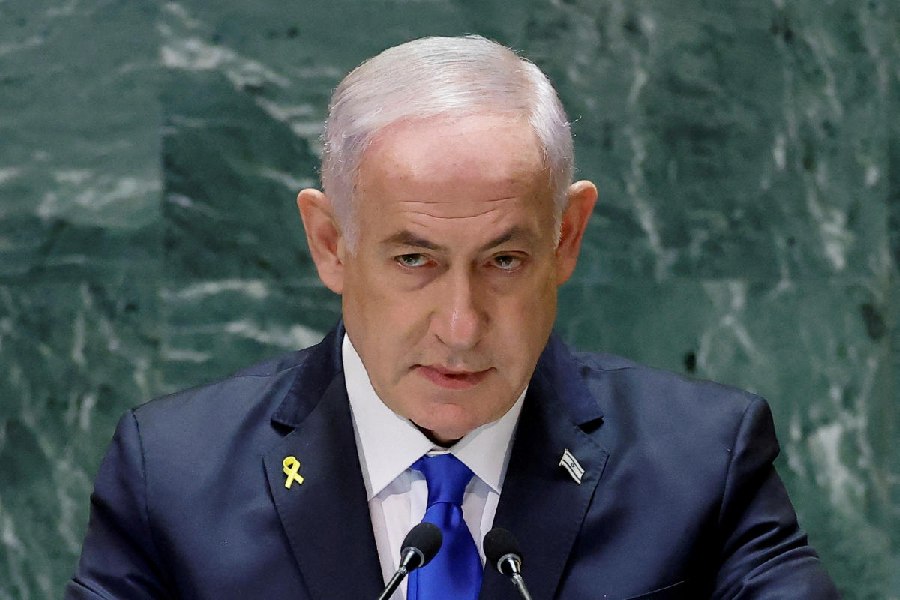The lifeless are picked up from infected homes by exhausted volunteers, piled into ambulances by hospital workers or carried in the back of auto-rickshaws by grieving relatives.
At the cremation grounds, where the fires only briefly cool off late at night, relatives wait hours for their turn to say goodbye.
The scenes are photographed, filmed, broadcast. They are beamed to relatives across India. They are shown on news sites and newspapers around the world.
Local residents record the fires from their roofs to show the world why they must wear masks even inside their homes. The smoke and smell of death is so constant, so thick, that it covers the narrow lanes for much of the day, seeping through shuttered windows.
The flames bear witness to the devastation wrought by India’s Covid-19 crisis. They show the losses in a country where the dead and infected are widely believed to be grossly undercounted. They stand as a rebuke to a government accused of mismanagement by many of its people.
Beyond the images, the cremation grounds bear a painful routine of trauma that will weigh on families long after the headlines fade. The pandemic has stripped the final rites of their usual space and dignity.
Instead, this intimate ritual has become both a public display, with the world watching India’s crisis, and a lonely burden. Traditionally, relatives would gather to share their grief. Now, fear of infection keeps most loved ones away — or, in some cases, all of them.
“I couldn’t even show my family members those last moments,” said Mittain Panani, a 46-year-old businessman. He and his brother were the only attendees at his father’s cremation in Mumbai last week. His mother remained in the hospital with her own infection.
“You could have everything: money, power, influence,” he said. “Even with that, you could do nothing.”
The virus has spread so fast that no corner of the country remains unaffected.
“I used to get six to eight bodies each day before the pandemic,” Jitender Singh Shunty, the founder of a volunteer organisation that runs the Seemapuri cremation grounds in eastern New Delhi, said last week. “Now, I am getting around 100 bodies every day for cremation.”
Through his organisation, the Shaheed Bhagat Singh Sewa Dal, the former businessman has been providing free or discounted cremations for the poor for 25 years.
During the day, Shunty helps ferry bodies and arrange cremations, changing his protective gown, masks and gloves dozens of times. At night, he sleeps in his car — his own wife and two sons are sick at home. Three drivers are down with the virus. His manager is in intensive care.
“But there are about 16 of us still left, and we are working day and night,” he said. “It’s 8.30am. I have received 22 calls for picking up bodies already.”
Families are instructed to collect the ashes right away, to avoid mix-ups.
“Flames rising from pyres, people wearing P.P.E. and everyone covered in plastic — it felt like the end of the world,” said Dimple Kharbanda, a movie producer who flew to New Delhi last week from Mumbai to arrange the final rites for her father, Dharamvir Kharbanda.
Kharbanda, a retired businessman, had not had Covid-19, but his rites were blighted by the pandemic. His daughter begged relatives, including her father’s sister in a neighbouring state, not to come to Delhi because of the danger of infection.
The sister, Poonam Sikri, watched the funeral on a family video call.
“When I watched his cremation on the phone, I felt a part of my body was being removed. I wanted to caress his head and rub his face and hug him one last time. I could not do that.”
For families of Covid-19 victims, the cremation ground can be the last stop of a harrowing ordeal, after dragging their sick from hospital to hospital in search of a bed, after lining up for hours for oxygen.
Before the body of Darwan Singh arrived at Seemapuri — the token given to his family indicated that he was No. 41 in line — the family had done all they could to save the 56-year-old guesthouse guard.
His fever had persisted. His oxygen level had dropped to a dangerous 42 per cent. For two days, the family could find him neither a hospital bed nor an oxygen cylinder. When they found one, said his nephew, Kuldeep Rawat, he received oxygen for one hour before the hospital ran out.
The family took Singh home for the night. The next day, they waited for five hours in the parking lot of another hospital. The family paid a bribe of about Rs 5,000 to get his uncle a bed at a free government hospital, Rawat said. Singh died overnight.
With Seemapuri fully booked, the hospital couldn’t immediately hand over the body. On April 25, it was piled onto an ambulance with five others and taken there.
Rawat said he had to go inside the ambulance to identify his uncle, then move him inside the crematory, where they waited for five hours before his turn at the pyre.
Rawat said his uncle’s family — mother, wife, daughter, son — was infected. Relatives could not come to the house for mourning and offered their condolences by phone.
“And I am still in isolation,” Rawat said, fearing he had been infected during the final rites.
For families living around the crematories, there is no escaping the constant reminder of death.
In Sunlight Colony, a mix of shanty homes and apartments where some of the houses share a wall with Seemapuri, smoke is so constant that many are forced to wear masks inside. Children are given hot water to gargle before bedtime. Laundry is dried indoors.
“Our kitchen is upstairs — it’s unbearable in there,” said Waseem Qureishi, whose mother and six siblings live in a two-bedroom house still under construction next to Seemapuri.
Anuj Bhansal, an ambulance driver who lives near the Ghazipur crematory, also in eastern New Delhi, said as the cremations reached as many as 100 a day, the neighbourhood’s children would run to a nearby garbage hill and watch.
“When they look at flames and smoke coming out of the cremation ground, they ask why it is not ending,” Bhansal said.
The New York Times News Service


